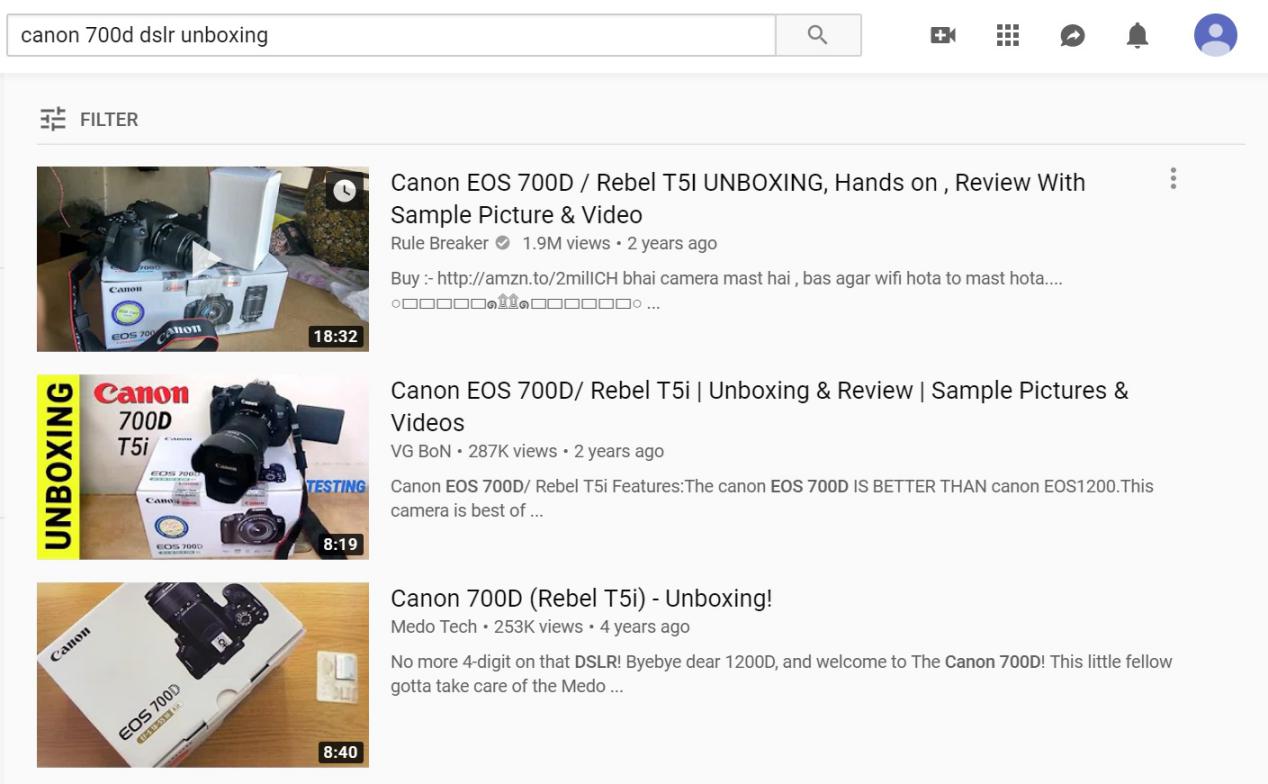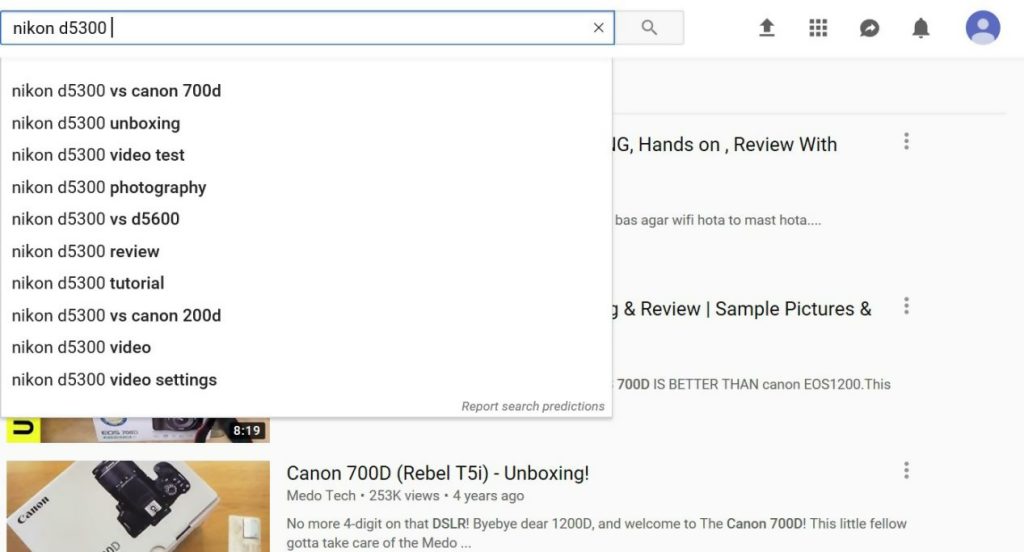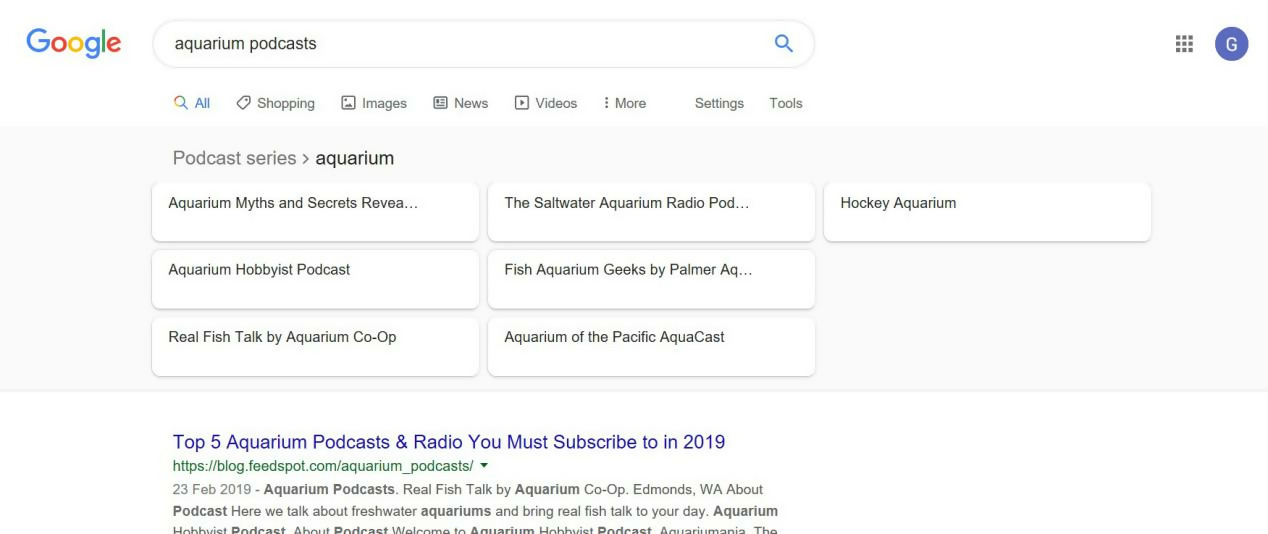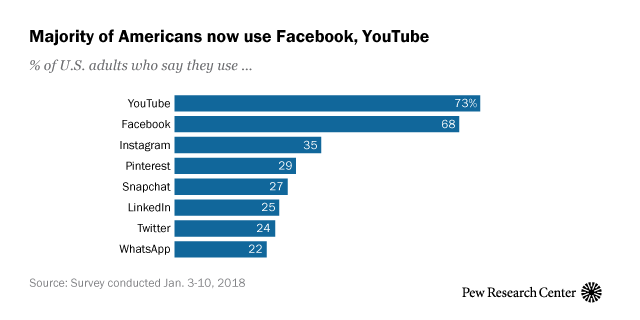
Should I launch my product on Shopify or Amazon?
Product launch dilemma: Shopify or Amazon? We break down the pros and cons of each, helping you choose the best platform for quick sales vs. long-term brand building.

You can spend a small fortune on a brand new website, but if you don’t have any visitors, your website is worthless. Even if you’re taking your first steps into digital marketing, there are achievable tried and tested techniques to connect with your customers and establish your business online.
Before we dive into the techniques, it’s important we cover two basic principals of getting started with digital marketing:
Don’t read the following techniques and then try to apply all of them at once. By diluting your efforts across multiple channels, you’re unlikely to make any impression at all. Pick the strategy that best aligns with your business goals, then implement and master that technique before trying another.
It’s crucial to understand how people make purchasing decisions in the new digital landscape. People research and seek out information before they decide to spend their hard earned cash on something – they want to make informed purchasing decisions.
You need to put yourself in the shoes of your potential customers, adopting a mindset of helping people – not selling to people. By helping your customers with informed content and advice, you extend the reach of your business and position yourself as a trusted source of information in your industry.
Publishing valuable ‘free’ content is also an excellent opportunity to highlight how your products and services can help people overcome their problems and achieve their goals.
Companies that blog receive 97% more links to their websites, but successful blogging for business is more than just sharing your every passing thought or updating people on what you had for breakfast. It’s essential to keep in mind what you want to achieve:
To achieve these goals, you need to know who you are trying to communicate with, and how to get their attention – by targeting your blog content to the problems and desires of your target audience.
This process is known as keyword research. Let’s dive into an example to see keyword research in action.
Let’s say that you run a business selling fish tanks, aquariums, and supplies.
What search terms are your potential customers going to be using?
Probably questions along the lines of:
“What do I need for a fish tank?”
“How to tell if my aquarium filter is too strong?”
“How much should I feed my goldfish?”
These are real problems that your potential customers are experiencing and are searching the internet to find solutions for. Using these specific search terms, you can create blog posts that help people overcome their problems, and integrate your relevant products into the content.
“How much should I feed my goldfish?” depends on the type of fish food and other factors you could explore in a post that offers advice and highlights the products you offer.
“How to tell if my aquarium filter is too strong?” the searcher is experiencing a problem with their equipment, so help them diagnose the problem in a blog post and highlight your products as a solution.
“What do I need for a fish tank?” would be a great search term to create a longer blog post or buyer’s guide to plug your products. The searcher is already communicating intent to purchase, so they likely haven’t already purchased any equipment or accessories.
A key benefit of blogging is that once you gain ranking in search results, you’ll receive consistent unpaid traffic to your website. Just remember to keep your audience in mind, publishing targeted content to attract the right people to your site.
Google has the lions share of the search market, but Youtube is second and offers a unique platform for your marketing efforts.
Video is an excellent medium for communicating with your potential customers, and in a way, that other mediums struggle to accomplish. The average person retains 95% of a message conveyed by video, compared to 10% of a text-based message.
Just like blogging, the key is to keep your audience in mind and publish video content that helps your potential customers. A study by Pew Research Centre highlights why people use Youtube, with 51% of users claiming the platform is very important for figuring out how to do things.
People are searching for solutions to their problems. For example, if you had just purchased a new Canon 700D DSLR camera on eBay, you might search for “Canon 700D DSLR unboxing” to see whether you received all the components that should have been included.

A quick look at Youtube reveals this is a popular search term, with the top few results receiving millions of views between them.
There are several ways to come up with viable ideas for video content in your niche, with Youtube auto-complete being the easiest to get started with. Auto-complete is excellent for finding viable keywords as it only displays popular search queries. In plain terms, Youtube is telling you that lots of people are using these terms to find videos on the platform.
Let’s stick with camera example and see what happens when we type in Nikon D5300:

You can see that Youtube suggest several keywords that are related to the search term. Most of these are great as possible topics for video content, and also great keywords.
They’re popular search terms for a start, and they are also reasonably long, which probably means there will be less competition than shorter keywords – increasing your chance of ranking higher.
You can also use the following techniques to come up with ideas for video content:
With 2.77 billion social media users around the world, social media marketing is a great way to build a community around your brand and increase the reach of your business. However, rather than diving into several platforms at once and trying to build a following on all of them, be selective and try to build a loyal following on one platform at a time. By spreading yourself across several networks, you can dilute your efforts and end up failing to gain any traction.
So how do you pick the social media platform that’s right for your business?
It’s not as simple as picking the platform with the most users, it’s about identifying where your target audience is and for what purpose they are on the platform. You need to understand why people are on the platform and serve their needs for being there.
For example, people visit Youtube to be entertained and learn how to do things, a purpose that differs to Facebook. There aren’t many people logging on to Facebook and looking for a tutorial on how to set up their DSLR camera.
People like and share things on Facebook that they find interesting, helpful, shocking, or amusing. So if you want to grab the attention of Facebook users, communicate your message through a story, video, or another medium that is likely to stand out in the sea of selfies and holiday snaps that populate people’s news feeds.
Pinterest differs again, serving as a social search engine where users can have more control over the content they see. Pinterest users are generally looking to learn new things, be inspired, or plan to do something. So your Pinterest marketing campaign should cater to the intent of these users.
Focus on one social platform at a time, and align your marketing efforts to the intent of users on the platform.
Paid advertising doesn’t lend itself to a one size fits all strategy. What works for one business might not necessarily work for another. Before you start throwing your hard earned cash at PPC, it’s important to understand the basics. Learn your ABC:
A = Audience
B = Budget
C = Commerciality
We’ve already discussed the importance of knowing your audience for social media, and the same applies for your paid Ad platforms – you want your ads to be displayed where your potential customers can see them, and to match the user intent.
Paid ads usually work on an auction-based system. The more people that want to advertise, the more expensive a paid Ad will cost.
For example, let’s say that you’re in the highly competitive legal field and specialise in divorce cases.
If we check Google Ads for the keyword divorce attorney, you can see the cost per click is up to $30.93.
If you had a PPC budget of $1,000 per month, you’d spend your entire budget on only 33 clicks.
To improve the efficiency of your campaign, you can find and target keywords with less competition and a lower cost per click.
Let’s search for related and longtail keywords that include hosting and cost less than $10,00.
Family law specialist could be a good option as it’s available for less than a third of the price. Another plus point of longtail keywords is that you can more easily decipher the intent of the searcher.
A person searching for family law specialist is clearly looking for a lawyer experienced in family law, while somebody searching for the general term “attorney” could have a multitude of reasons and things they are looking for.
All of the established ad platforms have the potential to offer high ROI for advertisers – they wouldn’t survive if they didn’t. However, the challenge for advertisers is to connect the intent of the user on the Ad platform and the monetization of your products and services.
The solution to this problem: Content.
If you sell high-end bespoke furniture, you would be correct in identifying Pinterest as a viable platform for your paid Ads. However, it might not be a good idea to run a bunch of ads with links for boutique dining tables, armchairs, etc.
Rather than linking to products, you could promote your blog posts that align with the user intent of the platform. People visit Pinterest to be inspired and to learn things – so let’s see how this connection would work:
You purchase Ads from Pinterest for “living room furniture.”
Pinterest shows your pin, promoting your blog post “10 Unique Design Tips For Your Living Room.” Within the content, you showcase your products as examples to support the tips you make in the blog post.
Learn your ABC of paid advertising to ensure you get the best ROI on your Ad spend.
There are two options when it comes to podcasting: create your own podcast or appear as a guest on other people’s podcasts.
Starting your own podcast can be a great way to build a community around your brand and increase the reach of your business. That being said, it’s a long process that can take some time before you start seeing any results from your podcasting efforts.
Appearing as a guest on podcasts can see more immediate results. Podcasters are always looking for new guests to share interesting content with their listeners. Even if you’re taking your first steps into digital marketing, your experience and knowledge in your industry could be your foot in the door to landing an interview on a popular podcast.
Where do you find podcasts that you could approach?
Just like social media and paid ads, you want your podcast appearances to be heard by your potential customers. Using the earlier example of selling fish tanks and aquarium supplies, you need to find out which podcasts your customers are listening to.
Even for something as niche as aquarium enthusiasts, a quick google search reveals a host of podcasts where your potential customers are hanging out.

When you know where your customers are, the final step is to get in touch and pitch the host why they should interview you – highlighting the value and knowledge you can share with their audience.
Email marketing can be a fantastic tool in your digital marketing arsenal. However, if you’ve ever run an email campaign, you’ll already know that it isn’t as easy just clicking send and watching the sales come in.
Although you can buy email lists, it’s generally not recommended. If you don’t have the permission of a person to send them your promotions and newsletters, your emails are technically considered spam. People that haven’t opted into your email list are unlikely to want to buy your products. Sending them promotional emails is likely to get your email dress flagged and waste your time and theirs.
The first step in successful email marketing is to get traffic to your website and to convert that traffic into email subscribers with an opt-in form. Focus on building your email list organically, providing value to your subscribers with lead magnets, and utilizing landing pages to increase opt-ins.
Start building your email list early and set achievable goals to measure your progress. Once you have a substantial list, you can start segmenting to deliver more personalized emails to your subscribers – personalizing your email messages can increase your conversion rate by 10% and your click-through rate by 14%.
Your potential customers are using community boards like Quora, Facebook, and Reddit to seek out information and find solutions to their problems – making these platforms a great marketing channel for your business.

However, you don’t want to start flooding these forums with links to your product pages. People access these boards with the intent of learning something, not to be hit with a sales pitch. Posting excessive links to your product pages is likely to get you flagged and kicked off the forum.
Think of these communities as a place to connect with your audience, share your knowledge, and help people. Don’t go and flood these boards with links to your blog posts either. Although you might think your blog links aren’t self-promotional, they probably are.
Let’s say that you’re in the real estate industry and you join a homebuyers group on Facebook. Someone posts the question:
“Looking to buy a first home and wondering if I can afford a mortgage?”
If every real estate agent in the group then posts a link to their website, the page would be filled with self-promotional links.
Focus on providing value and building relationships with people in the group. You could post a link to an independent mortgage calculator or offer an introduction to a mortgage lender that could assist them.
Once you’ve identified the marketing technique that best aligns with your business goals, make a plan and set achievable targets to measure your progress. Not all plans work out, and it’s essential to realize that good marketing is always about monitoring and improving to optimize results.
Try the above techniques and see how they can help your business succeed. If you’re looking to grow your business, digital marketing is the way to do it.

Product launch dilemma: Shopify or Amazon? We break down the pros and cons of each, helping you choose the best platform for quick sales vs. long-term brand building.

Master Amazon cash flow! Learn to calculate your product’s cash cycle, from manufacturing to payout, using Amazon’s “Sell Through Rate.” Get accurate forecasts for smarter scaling.

Neil Patel recently shared powerful tips on email marketing success—think cleaner lists, smarter personalization, and value-packed content. His key message? Email isn’t dead; it’s evolving.
Subscribe to receive exclusive industry
insights & updates
Copyright © 2014 – 2025 One Egg. All rights reserved.
Subscribe to receive exclusive industry insights & updates